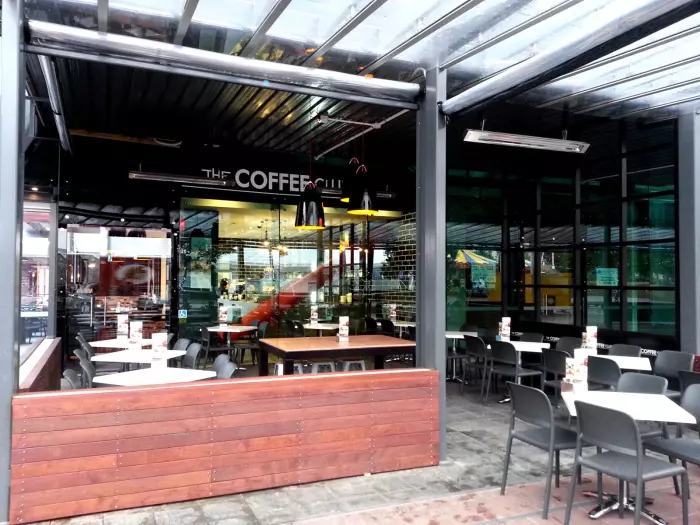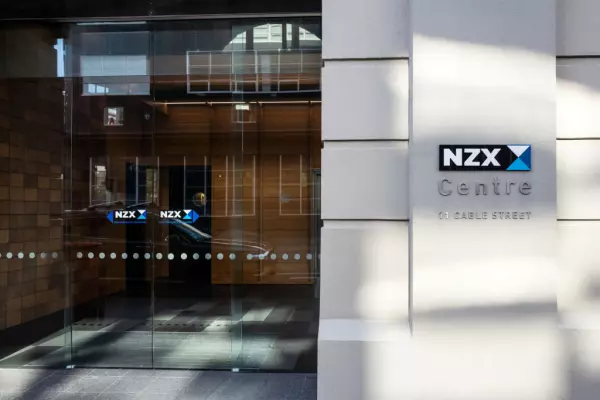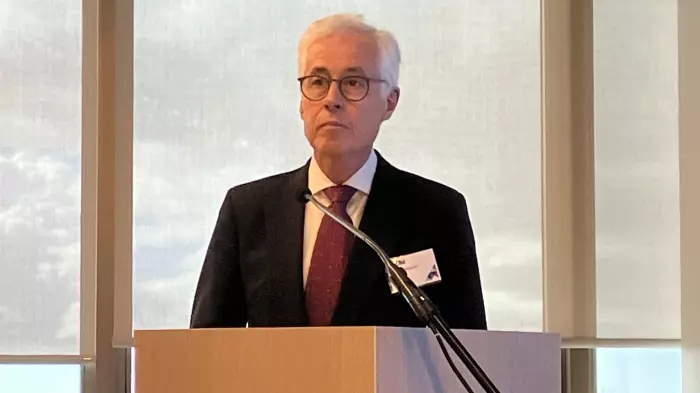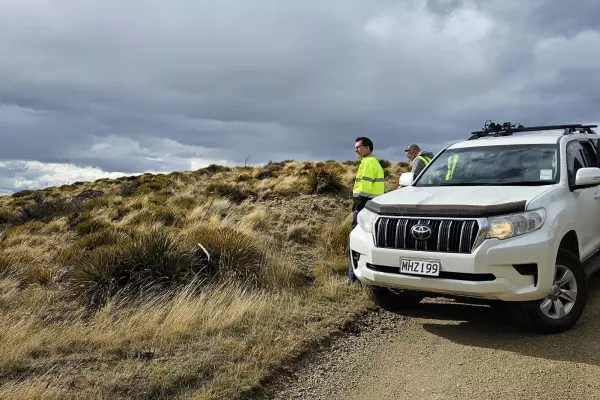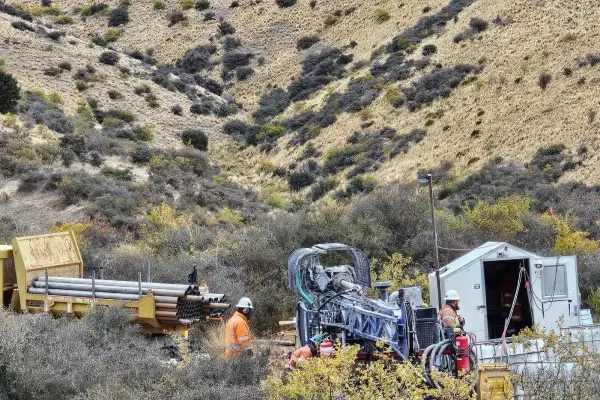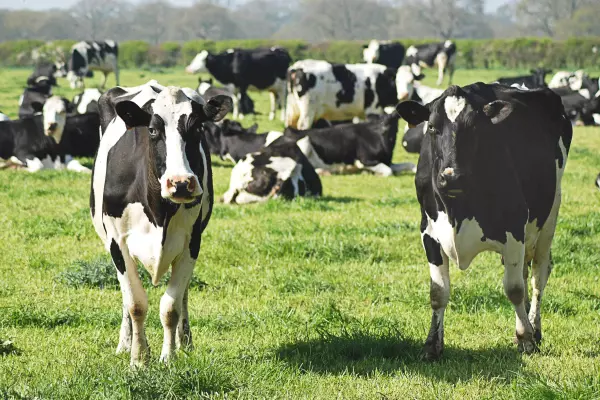Commodity prices for green coffee beans have steamed to their highest levels in seven years and will filter into the price of New Zealanders’ daily latte fix.
Yesterday, the futures benchmark for arabica coffee hit US$1.95 a pound on the intercontinental exchange, a level not seen since October 2014 and more than double its 94 cents of last July.
Arabica accounts for about 75% of the world’s production, and most of that is cultivated in either Brazil, which accounts for 40% of all the coffee we drink, or Colombia.
The surge reflects some nasty weather cycles in Brazil, including lengthy drought conditions, followed by a recent frost that has wiped out the equivalent of 3 million bags of its exportable crop.
Colombia, the world’s second largest producer of the arabica bean, has also seen production curtailed and exports hit by social unrest, further disrupting supply from that nation.
That helped propel the price of ‘Colombian milds’, as listed by the International Coffee Organisation, to US$2.33 per pound this week.
The ICO lists that as being up 40% on the US$1.67 per pound of just a year ago.
According to Statistics NZ, raw coffee bean imports were at 13 tonnes for the 12 months to July, valued at $72m. NZ also imported 2.2m kilograms of pre-roasted coffee beans valued at $37m.
That translates to an average of 2.2 kg of coffee, or about 200 cups of coffee a year, on average, across the entire population.
While NZ importers buy their beans on a 12 month forward cycle, it will inevitably see price rises drip-fed into supermarkets and the café scene in the not-too-distant future.
Richard Corney, managing director of Wellington's Inigo Coffee Group, says this is one of the most volatile times the coffee market has faced in a decade.
Inigo's coffee brands include Flight Coffee brand and contract roaster Black Bag, the main coffee supplier into national café group The Coffee Club.
Corney says the increased price of raw goods is obviously a main driver of cost increases, but a constrained supply chain certainly “doesn’t do us any favours either".
That has seen containers of coffee stuck in ports in South America, but also at Ho Chi Minh city port, on the back of more strenuous efforts by the Vietnamese to counter the spread of the delta variant of covid.
Vietnam is the world’s second biggest exporter of coffee, and the biggest producer of robusta beans, used in instant coffee and as a ‘filler’ variety in some blends.
Corney says even when coffee does eventually land, it’s taking up to three weeks for the Ministry of Primary Industries to clear it through customs. In pre-covid times, it took about 10 days, on average.
He said the flow-on effects to coffee roasters and then consumers will definitely see smaller players affected.
He believes even global giants like Nestlé, Jacobs Douwe Egberts or more locally, Suntory, won’t be able to "weather the storm too long".
Changing blends
Because clients closely watched prices, the rampant increases have forced roasters and clients to look at changing their blend origins. That could be a big deal for a cafe that prides itself on its consistency and quality, he says.
In the case of The Coffee Club, for example, the Brazilian component had been increased to offset the cost of Colombian beans.
The question then became what could they do to offset the price while achieving the same roast profile with beans of an alternative origin.
The Coffee Club director Brad Jacobs says the franchise, which has 63 stores throughout the country, has already been forced to pass on price increases of about 30 cents a kilogram.
The franchise goes through about 80,000 kilograms of coffee a year. But the group generally did as much as possible to absorb any spikes, because consumers remain sensitive to the cost of their flat white or latte.
Roz Cattell, president of the NZ Specialty Coffee Association, says the sector was already absorbing significant cost pressures, and the average price for a cup has remained well under inflationary levels for upwards of a decade.
Wage increases
The association lists 95 of the country's 300 roasters on its membership list.
Cattell says outside the prices of coffee and milk, the main cost drivers are wage increases for baristas and café staff, and continual outfitting costs.
She says NZ consumers are happy to pay for “quality artisan” products such as craft beer, wine or chocolate, and coffee is no different.
Corney expects the coffee industry in 10 years to be very different, particularly in the wake of climate change, which is having an impact on the production of quality coffee.
“So I’d be very surprised if many roasters around the country aren’t looking at long term cycles, looking at their margins and realising that changes are coming.”


